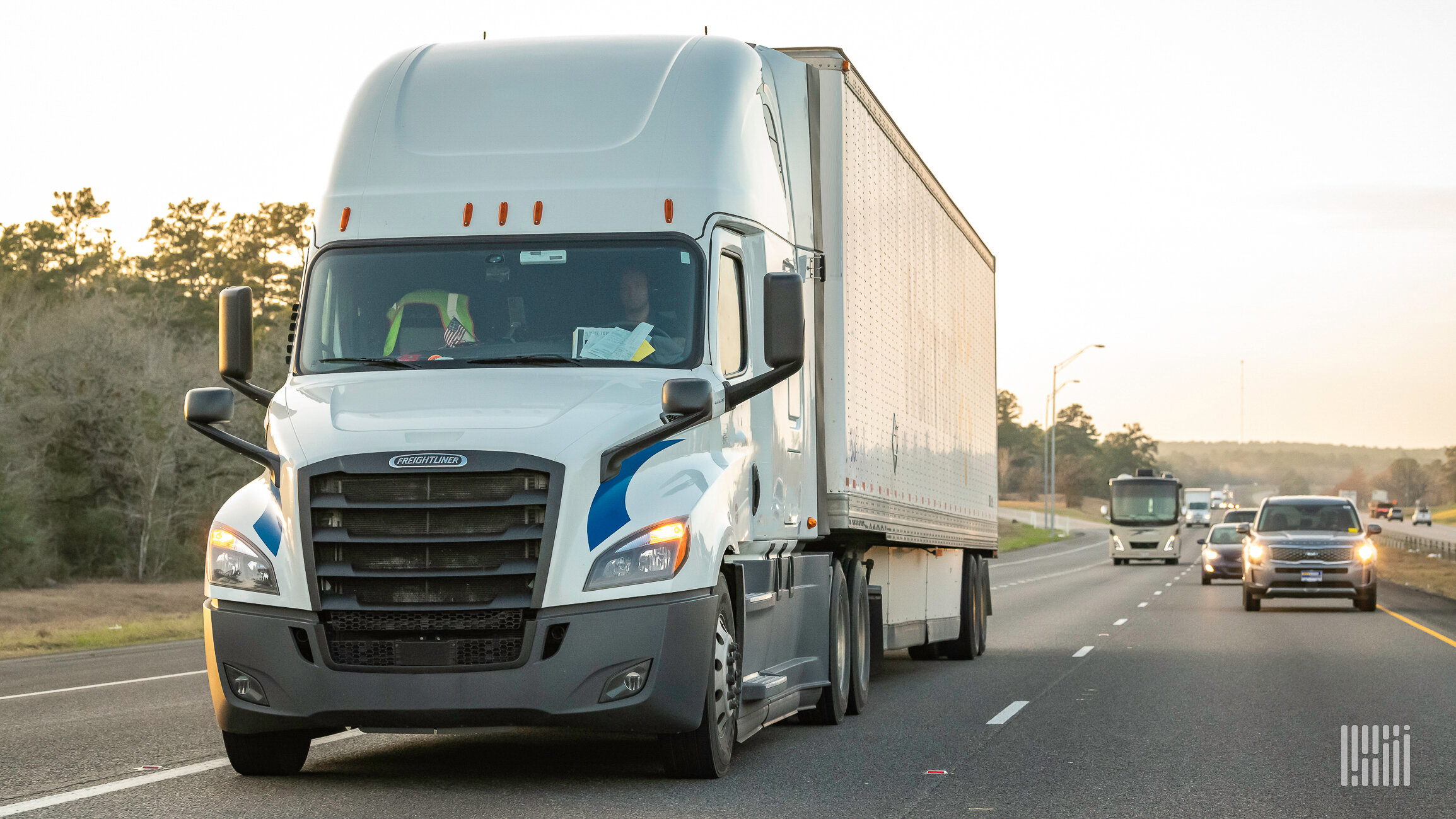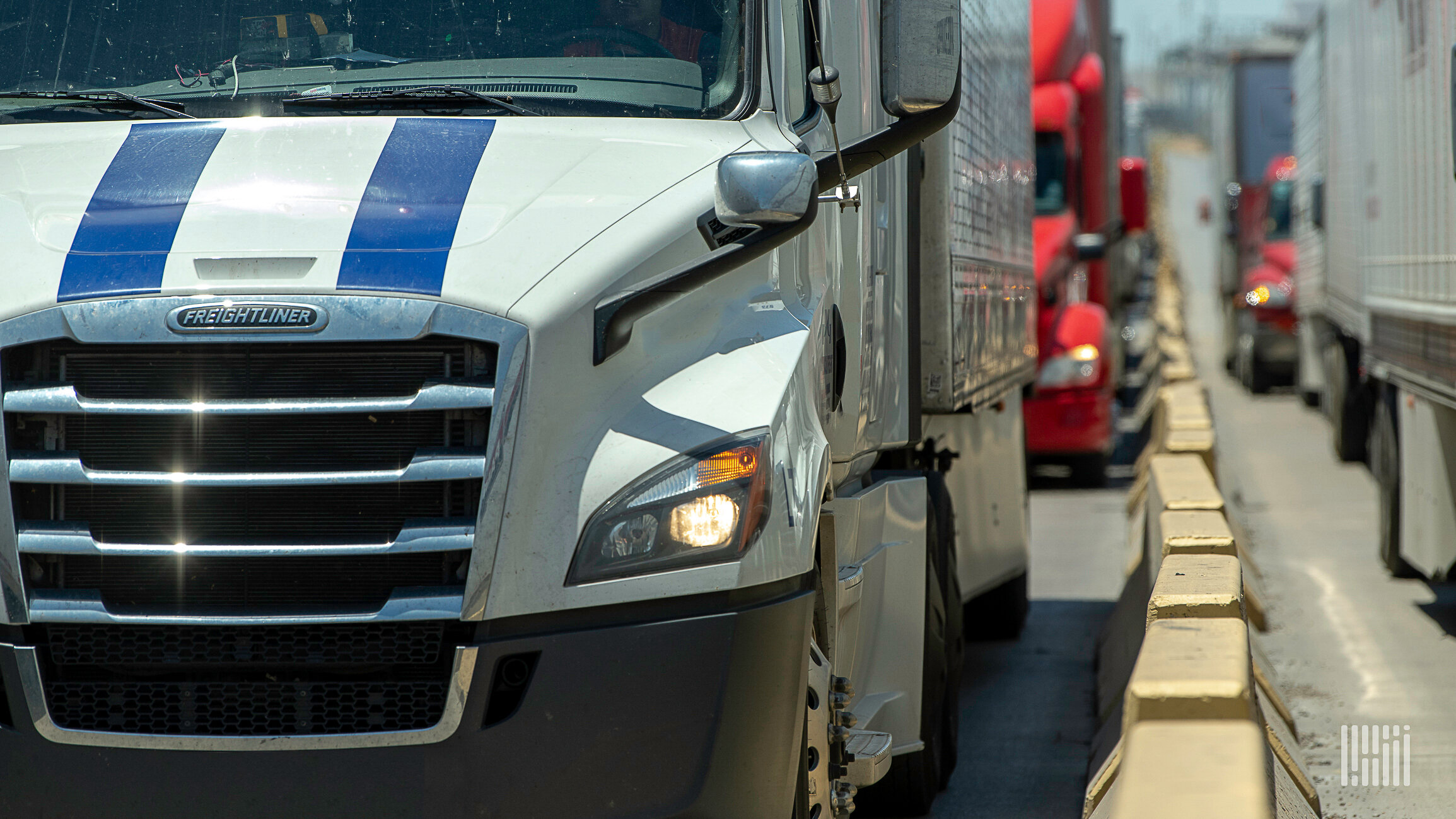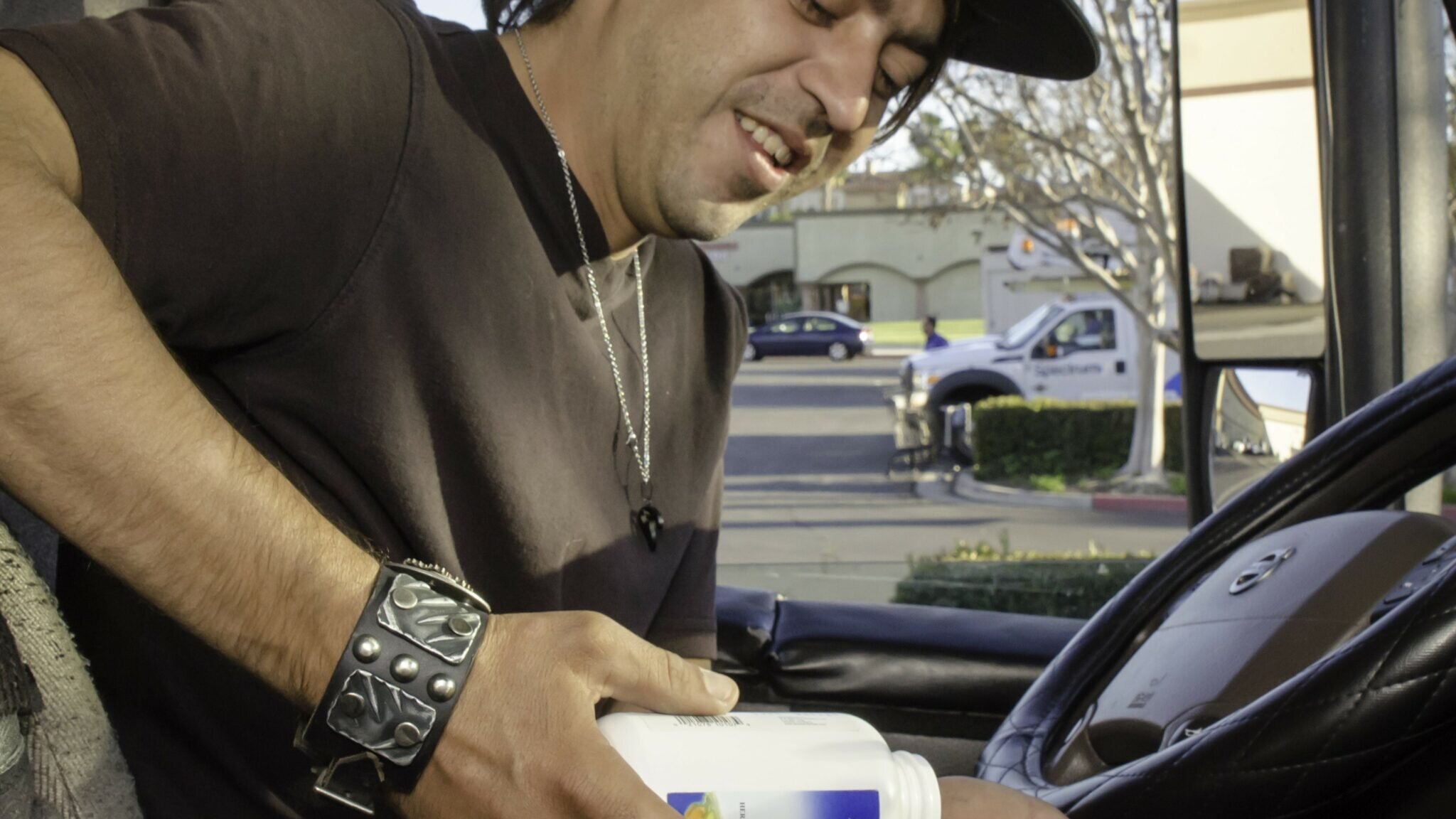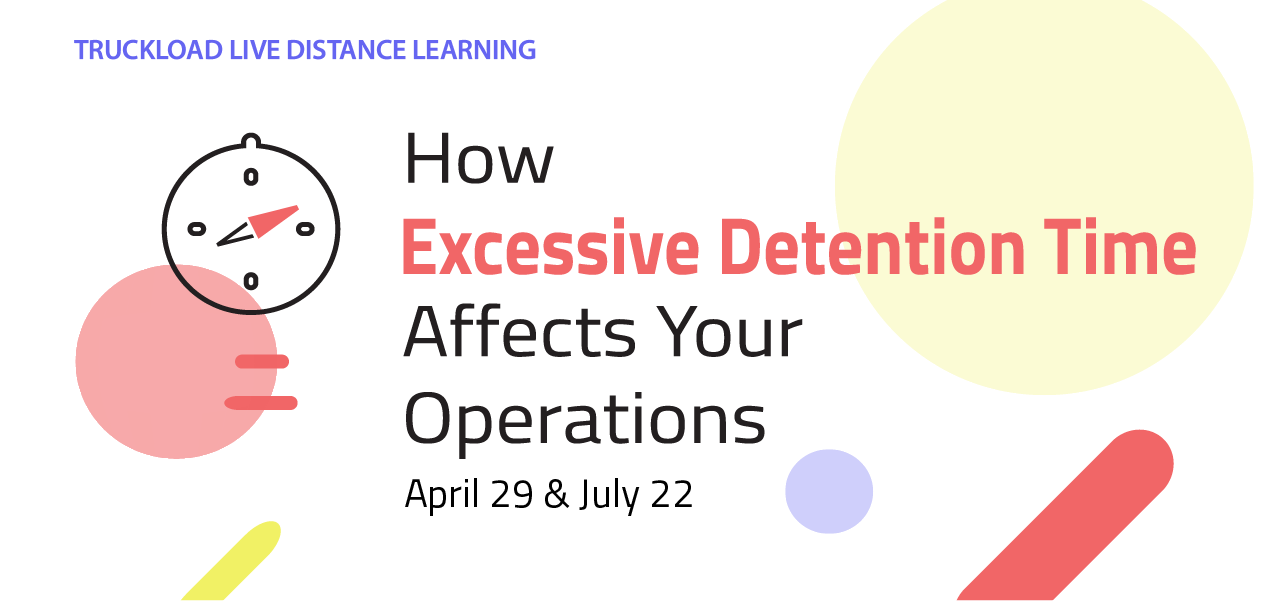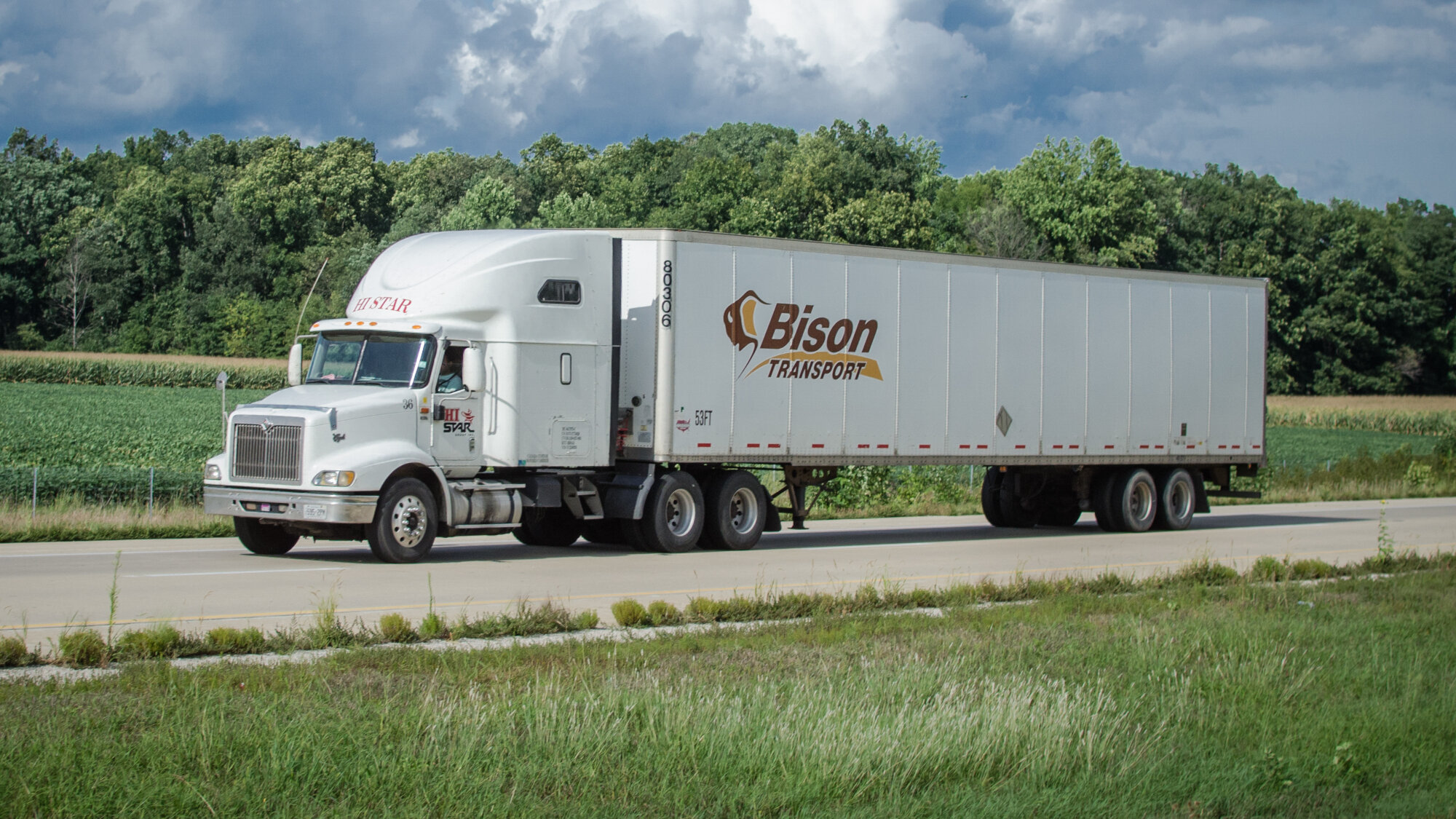
PHOTO: SHUTTERSTOCK
The United States Court of Appeals for the Ninth Circuit, which has jurisdiction over federal cases in Alaska, Arizona, California, Idaho, Montana, Nevada, Oregon, and Washington, recently retroactively applied the California Supreme Court’s decision in Dynamex Ops. W. Inc. v. Superior Court to an employer’s detriment. Readers may recall the Dynamex case from a previous Legal Comment article (“Supreme Court of California adopts new legal standard for independent contractors,” Truckload Carrier Report, May 8, 2018). In that blockbuster decision from last year, the California Supreme Court adopted the “ABC test” for use in determining whether an individual is an employee or an independent contractor.
Background
In this case, a California federal district court dismissed a class action lawsuit brought against a company that organizes commercial cleaning franchises. The plaintiffs alleged that the company used a complex “three-tier” franchising model to avoid paying its workers minimum wages and overtime compensation by misclassifying them as independent contractors. The district court applied an older independent contractor test and determined that the plaintiffs were not company employees. An appeal to the Ninth Circuit reviewed the district court’s decision. The Ninth Circuit’s decision is the focus of this article.
Following the district court’s decision, the California Supreme Court issued its decision in Dynamex, where it adopted the “ABC test.” Under that test, workers are presumed to be employees, and the “hiring entity” has the burden to establish that the worker in question is an independent contractor who was not intended to be included within California wage order coverage. To meet this burden, the hiring entity must:
establish each of the three factors embodied in the ABC test—namely (A) that the worker is free from the control and direction of the hiring entity in connection with the performance of the work, both under the contract for the performance of the work and in fact; and (B) that the worker performs work that is outside the usual course of the hiring entity’s business; and (C) that the worker is customarily engaged in an independently established trade, occupation, or business of the same nature as the work performed.
Failure to prove even one of these elements means that the worker will remain an employee rather than an independent contractor.
Court’s Decision
The Ninth Circuit concluded that California law called for the retroactive application of Dynamex. Accordingly, the Ninth Circuit returned the case to the district court so that that court could apply Dynamex “in the first instance with the benefit of a more developed record.” While it could have stopped there, as an “aid” to the district court, the Ninth Circuit provided some additional “observations and guidance.” Notably, the court stated that Prong B of the “ABC test” “may be the most susceptible to summary judgment on the record already developed.”
The court continued by noting that the company earns a percentage of the payments that customers pay for cleaning services… [The company] is not indifferent to how much work unit franchisees do or how well they perform that work. It is not simply renting out its trademark and goodwill to independent entities that could use it to perform cleaning services. Rather, [the company] is actively and continuously profiting from the performance of those cleaning services as they are being performed.
This language suggests that the Ninth Circuit may be of the opinion that the workers at issue in this case are employees rather than independent contractors.
Takeaway
This decision serves as a good reminder that the “ABC test” is the law in California. Any carriers doing business in California—especially those using independent contractors—should pay close attention to decisions such as this one involving the “ABC test.” The decision also demonstrates how quickly the legal landscape can change. It demonstrates the volatility of litigation. The company here received a favorable ruling at the trial court level only now to have to re-engage in significant litigation back before the trial court (after the time and expense of an appeal) as the result of the Dynamex decision. Carriers should be mindful of such realities of litigation when deciding to resolve, fight, or otherwise respond to legal claims brought against them, under the ABC test.
Important Notice to Readers
Readers should be advised that the Equal Employment Opportunity Commission (EEOC) has posted a notice on its website that “EEO-1 filers should begin preparing to submit Component 2 data for calendar year 2018 by September 30, 2019.” Generally, according to the EEOC, the Standard Form 100 (EEO-1) must be filed by all private employers who are: subject to Title VII and have 100 or more employees or are subject to Title VII who have fewer than 100 employees if the company is owned or affiliated with another company, or there is centralized ownership, control or management so that the group legally constitutes a single enterprise, and the entire enterprise employs a total of 100 or more employees. More details are available on the EEOC’s website: https://www.eeoc.gov/employers/eeo1survey/index.cfm.
R. Eddie Wayland is a partner with the law firm of King & Ballow. You may reach Mr. Wayland at (615) 726-5430 or at [email protected]. The foregoing materials, discussion and comments have been abridged from laws, court decisions, and administrative rulings and should not be construed as legal advice on specific situations or subjects.













